This article is part of the Under the Lens series
Community Ownership Takes Center Stage
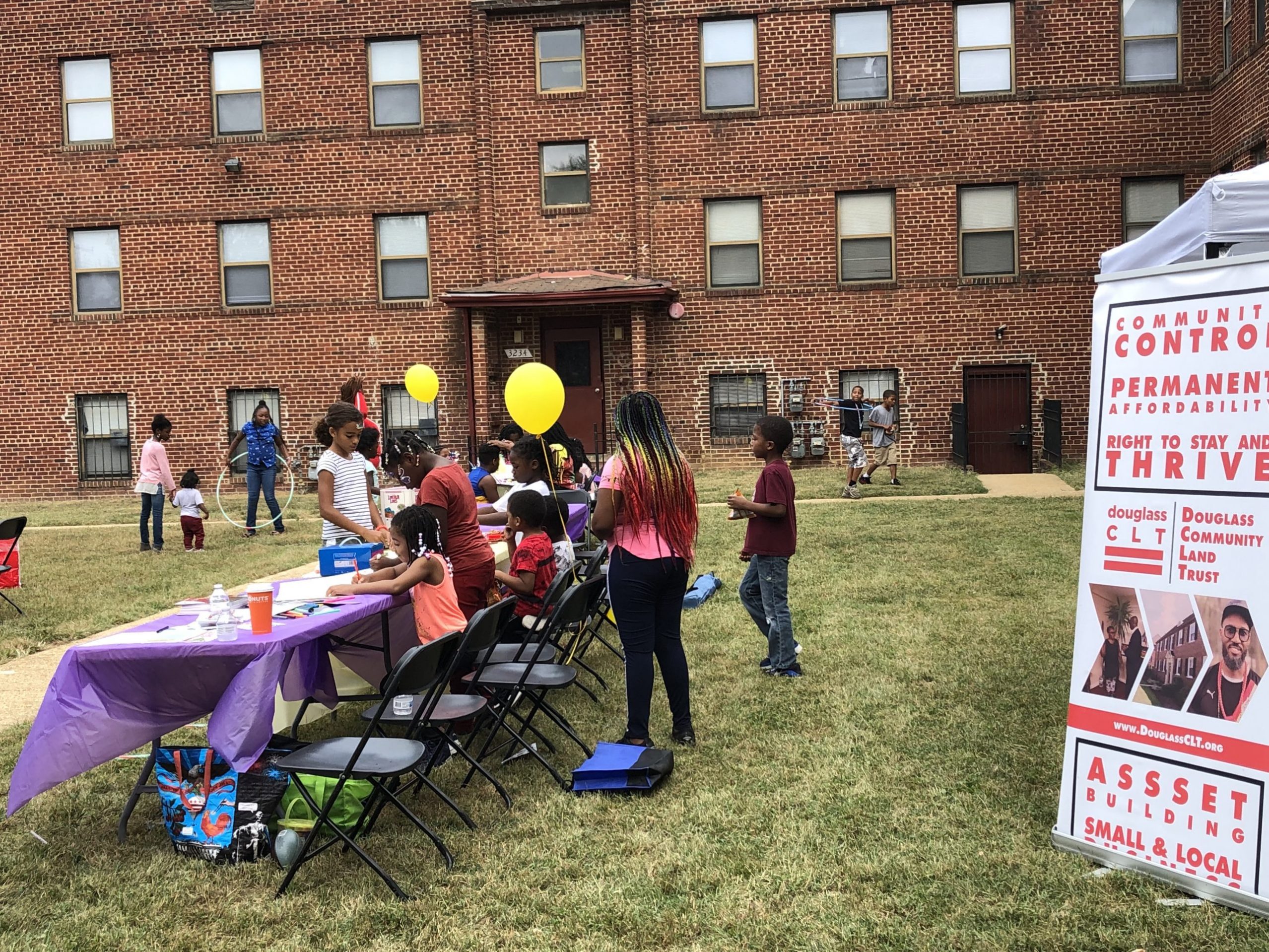
A cookout at the Savannah Apartments pre-pandemic. Photo courtesy of Douglass Community Land Trust
Last week in “Scaling Up: How Some Community Land Trusts Are Getting Bigger,” we explored many of the ways that community land trusts (CLT) are approaching their work at a larger scale. This week we look at how CLTs are handling governance at those larger scales.
Community control” has as many meanings as “scale”—and as many meanings as “community.” The baseline under it all is that properties have been permanently removed from the speculative market and their use is being determined for the good of a community, rather than for profit.
Understanding Community Land TrustsWhat are CLTs? How do they work? What are the benefits and areas of concern? We break it down for you in this handy explainer. |
But that simple definition would also encompass publicly owned land and all nonprofit-owned land (not subject to Low Income Housing Tax Credit investor control). For a community land trust, there is typically an intention for community control to go deeper than changing the name on the deed. CLTs traditionally aim for something more like democratic control within their organization.
A classic CLT is a membership organization with members drawn from its service area. One-third of the board are CLT residents, elected by other CLT residents; one-third are community residents, elected by the members; with the remaining one-third being public representatives of other stakeholders, whether elected officials or professionals who support the mission. This is what makes a CLT different from a standard housing nonprofit, which may have a resident on the board, but rarely a majority, says Zach Murray, a CLT consultant who formerly worked for Grounded Solutions Network and the Oakland Community Land Trust (Oak CLT) in Oakland, California.
“The democracy component is what separates the CLT from a traditional CDC, or even a housing authority,” Murray says. “We’re creating space in the leadership of an organization for residents and for community members …. In housing, it’s really important that folks have a say in the communities that they live in. It’s different than just having a resident council or resident adviser group, actually having folks at the table to know the full extent of the operations of the organization.”
When a CLT grows, the “community” in question can sometimes be more difficult to define. But to some extent it always was.
Even a single neighborhood is not monolithic in terms of its interests, and a consensus may not exist. If, for example, one of a community land trust’s main goals is to preserve affordability and control of land for longtime residents of color in a neighborhood that is experiencing a rapid influx of wealthier white residents, then there could be a question about whether merely being a resident means you represent “the community” the land trust most wants to serve. There doesn’t seem to be a widely adopted answer to this dilemma yet, except to have an organization-level commitment to racial equity, which is going to influence who becomes a member and who gets elected to the board.
The Dudley Street Neighborhood Initiative in Boston, which has a subsidiary CLT, reserves board seats to represent the major ethnic groups in its neighborhood. The Douglass Community Land Trust in Washington, D.C., intends to have its residents elect resident board members. Residents and wider community members together will elect the community board members, allowing some measure of accountability to CLT residents.[Read more about Douglass CLT]
“The community, in our case, means low-income folks,” says Murray, speaking about when he worked at Oak CLT. Also, he adds, given how Oakland’s Black community was facing disproportionate housing affordability challenges and displacement, “It’s really incredibly important that there’s a focus on Black communities in a city like Oakland.”
And then there’s the matter of relationship building. “Part of doing good stewardship, as most community land trusts have discovered, is sustaining a relationship with the people who are on the land trust land,” says John E. Davis of Burlington Associates, a Vermont-based national consulting agency with a specialty in CLTs. “So there is a relationship there between the size of the portfolio, the scope of the geography, and the ability of the CLT team to provide good stewardship.”
But smaller isn’t always better. CLTs that are too small can replicate geographic inequities, says Murray. Having many neighborhood-level CLTs in an inequitable city, he says, can mean “one neighborhood is going to get service because they’re ready to go and the other neighborhoods are maybe going to have to wait years.” Murray suggests that a larger organization with neighborhood-level clusters or chapters to provide that local control might be a model that could get around that challenge.
Many Models of Governance
There’s as much variation on the governance front as there are different ways to scale up. Some newer CLTs that have been launched by other organizations have kept the permanent affordability part of the CLT mission, but not the membership or tripartite board structures because one or the other doesn’t work with the way they were founded, such as such as the Central Ohio Community Land Trust in Columbus, a formal subsidiary of the county land bank. Many new CLTs have interim board structures until they have enough residents to fill resident board seats without being a burden on their first residents. Many others are examining what democratically controlled housing means at a larger scale.
‘There seems to be this desire to come up with some sort of perfect formula for what CLT development should look like … I just don’t think that’s even a good way to start having the conversation.’
There are a few common approaches to maintaining community control while scale increases. One is to double down on the membership and elected board structure, growing the board size to accommodate representatives from more regions, instituting committee structures to draw people into more participation, and making accommodations to allow board participation from a wide range of people. This often involves spending time and energy creating a new sense of community among residents and members that is based on their relationship to the land trust, not just on being physical neighbors. Champlain Housing Trust, Proud Ground, and City of Lakes Community Land Trust are examples of this approach. [Read more about Champlain Housing Trust and Proud Ground]
Another is to create smaller groups—committees, clusters, councils, chapters—that are geographically based to either advise or make decisions on CLT activity in a portion of its service area. Houston is establishing neighborhood committees.
The Southeastern Connecticut Community Land Trust is small in terms of total units, but the founders put a lot of thought into the appropriate geographic scale. Founding board member Joanne Sheehan had seen small CLTs fail in the 1980s, leaving properties in limbo, so she felt strongly that whatever they launched needed to cover a wide enough area that sustainability would be possible. Statewide and even Southern New England were also on the table, but in the end they felt that there was a sense of identity in Southeast Connecticut that would be lost at those larger sizes. “If you get too big, people will just not feel like it’s theirs,” says Sheehan.
Even within the region they did select, the founding members wanted to prioritize a sense of community control, and so they are establishing a chapter system—the first chapter is in the city of New London, where many residents and opportunities currently are. But other chapters may form in areas with different needs and interests—such as rural areas around farmland preservation or in wealthy areas that have no affordable housing.
“Every community knows its own community,” says Sheehan. “And if you’re going to be a regional [organization] like we are, we can’t have 16 different people on our board representing every town just in order to get to know the town.” Instead, she says, they will support local organizing, and then the regional organization will be a conduit to expertise, education, and financing support to further that local vision. Chapters propose projects that the CLT undertakes in its area, with the regional board doing due diligence on properties, but deferring to the chapters when it comes to vision and strategy. There is not a formalized structure for the chapters yet, and it may vary from place to place.
Other larger CLTs are trying to achieve a similar balance of bringing larger scale to execute on local vision by relying on either existing community-based organizations or new but independent organizing to give them local direction. Elevation CLT, while having a traditional tripartite structure at the state level, relies on partnerships with local community organizations in its various municipalities to provide local direction. It also is planning to develop regional homeowner leadership councils to “enhance community and inform our work around services,” says Executive Director Stefka Fanchi.
Housd, a relatively new community land trust in Central Florida, has worked with the Polis Institute to support deep resident organizing in the Parramore neighborhood of Orlando, where it is in line to receive about 80 units in the next several years from an interim owner, the Parramore Asset Stabilization Fund. “We want the community’s conversation to be their conversation,” says CEO Frank Wells, who is also the chief impact officer of Bright Community Trust, which is sharing personnel with Housd as it launches (Read more in Part 1). Both Bright and Housd take this approach—they envision an independent, self-governing community from which the trust will take direction—whether it’s an informal council, existing neighborhood association, or new organization. “Our job at the regional scale is to build the resources,” says Wells. “And then by listening at the community level we can hear what the community is telling us about how to deploy those resources.”
This is the model Housd and Bright take before making a proposal for development work within a historically marginalized community, says Wells. But he notes that as part of their larger regional affordable housing missions they will undertake projects in other sorts of locations—say a new transit-oriented multifamily development not in a current residential area—without the same level of organizing work first.
Is there a way for locally but independently organized communities to hold Bright or Housd accountable if they drift from their commitment to following local vision? Wells notes that a 99-year ground lease gives homeowners at least security of tenure for the long haul. “The traditional land trust model [is] a third land trust homeowners, a third neighbors, a third other community stakeholders. For us it’s deep community engagement, long-term stewardship, and big-picture resources,” says Wells. “We kind of want the same functions with a whole lot more resources to bring to bear.
“Can we keep raising resources to continue doing all the rest of the community work?” he adds. “That’s my bigger concern. If I had the budget, we’d be working with Polis and knocking on doors every day.”
Staff at Douglass CLT in Washington, D.C., are considering launching neighborhood chapters to ensure hyper-local community control, says Executive Director Ginger Rumph, but they expect to sometimes participate in projects that didn’t arise from chapters if they are with mission-aligned development partners that have their own robust community organizing and engagement protocols.
In the end, the existing levels of community organizing, housing markets and need, history, and policy environments all shape the different ways community land trusts put themselves together.
“There seems to be this desire to come up with some sort of perfect formula for what CLT development should look like,” says Tony Pickett, president and CEO of Grounded Solutions Network. “I just don’t think that’s even a good way to start having the conversation. This model was made to be adaptable to the community priorities that are established by people living in the geographies where you’re applying the model. It can even evolve over time.
“As messy as democracy is, that’s the same complication that goes along with community control and democratic decision-making.”
|
Please consider supporting our small and dedicated team on Patreon. |

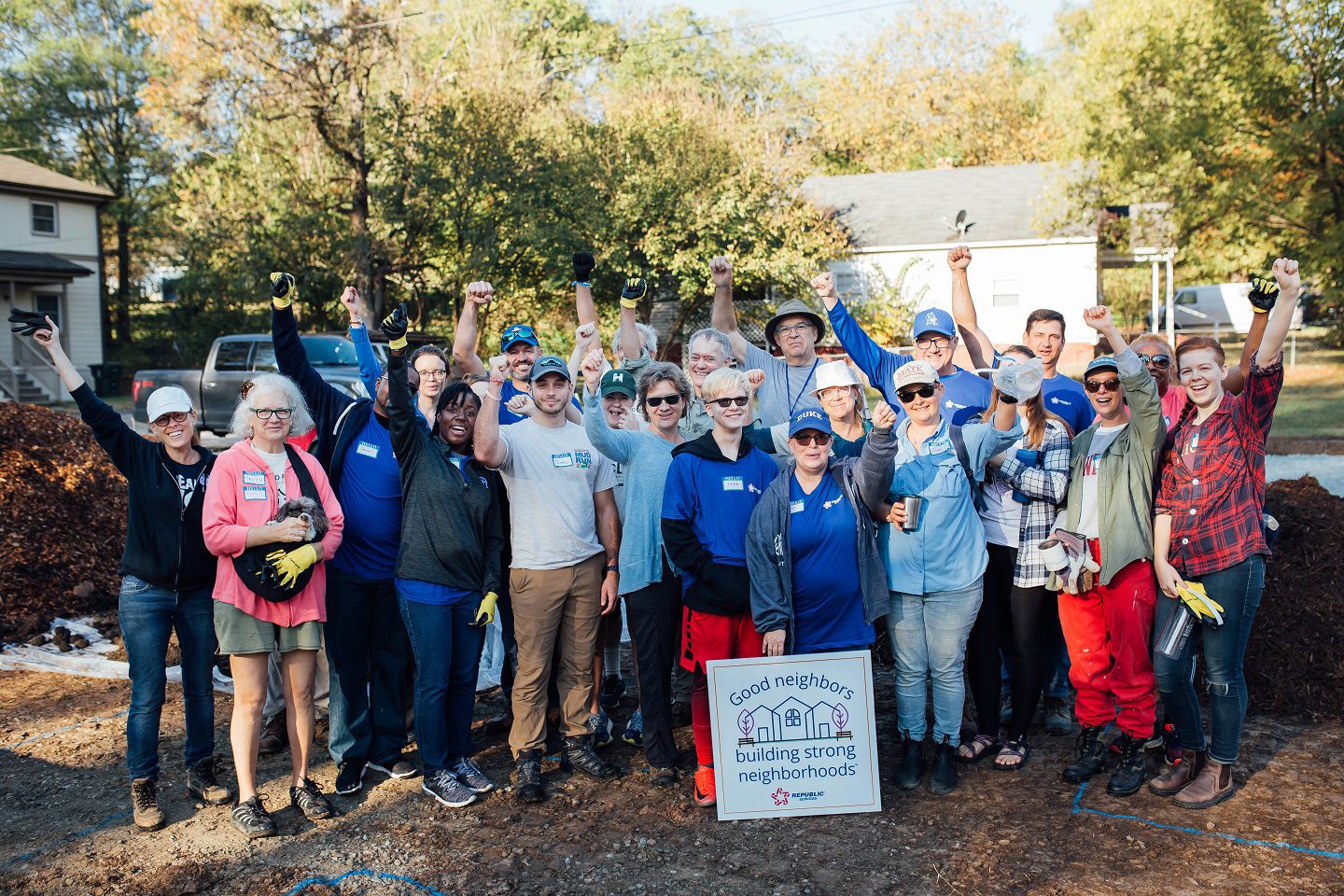
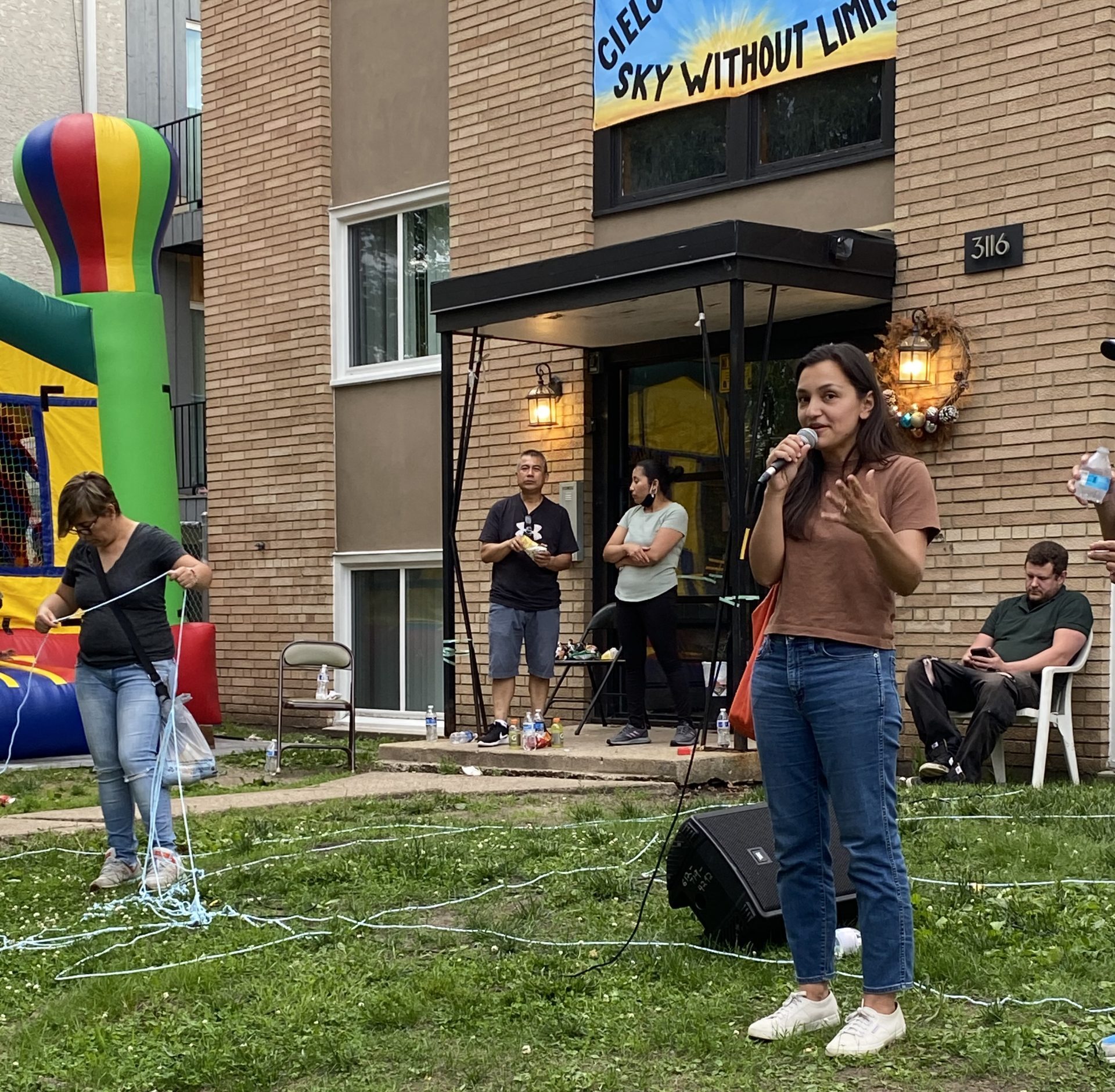
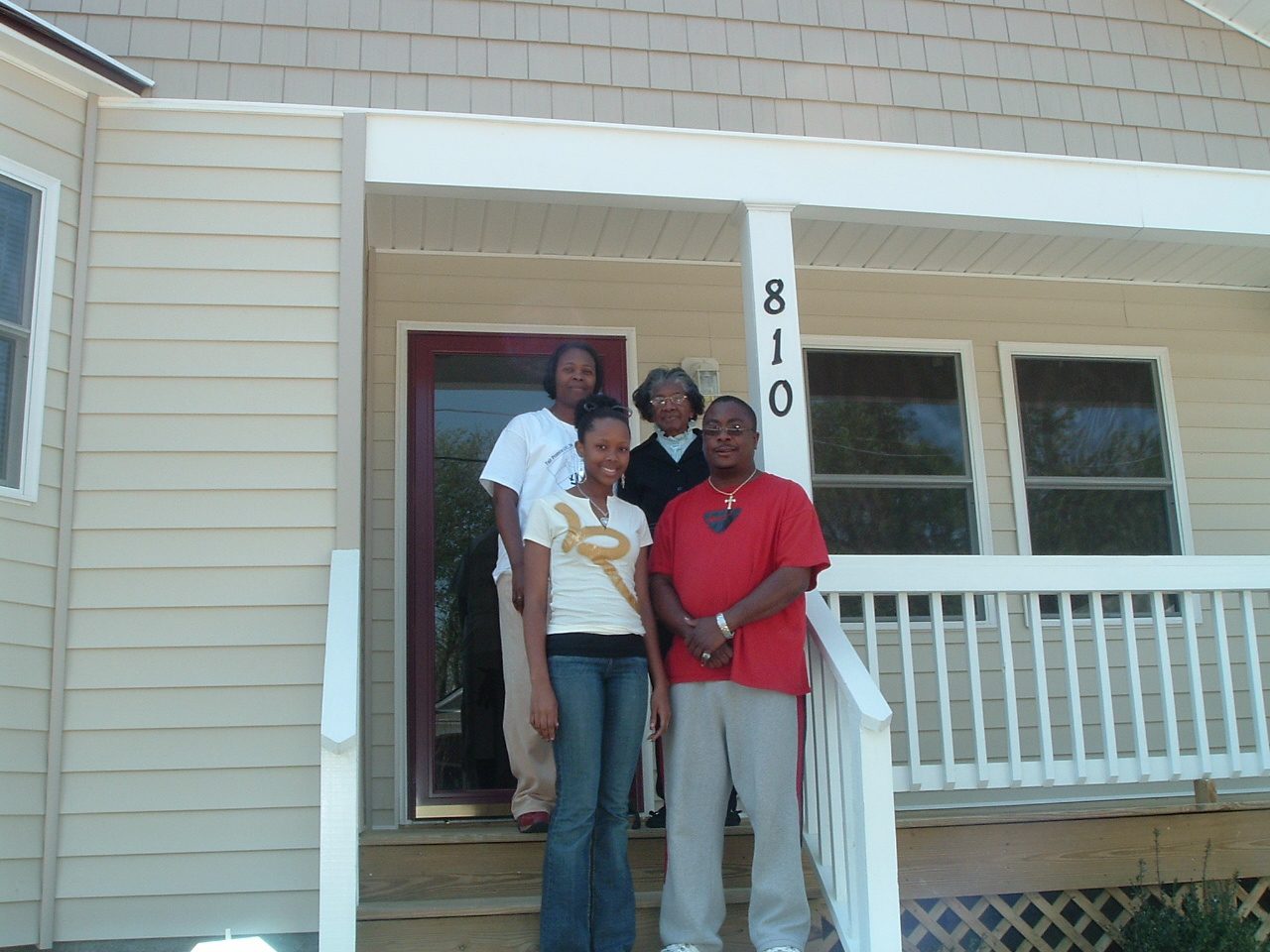
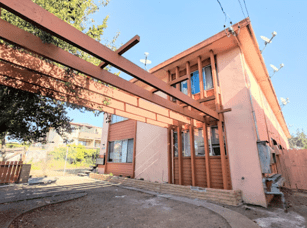
Comments